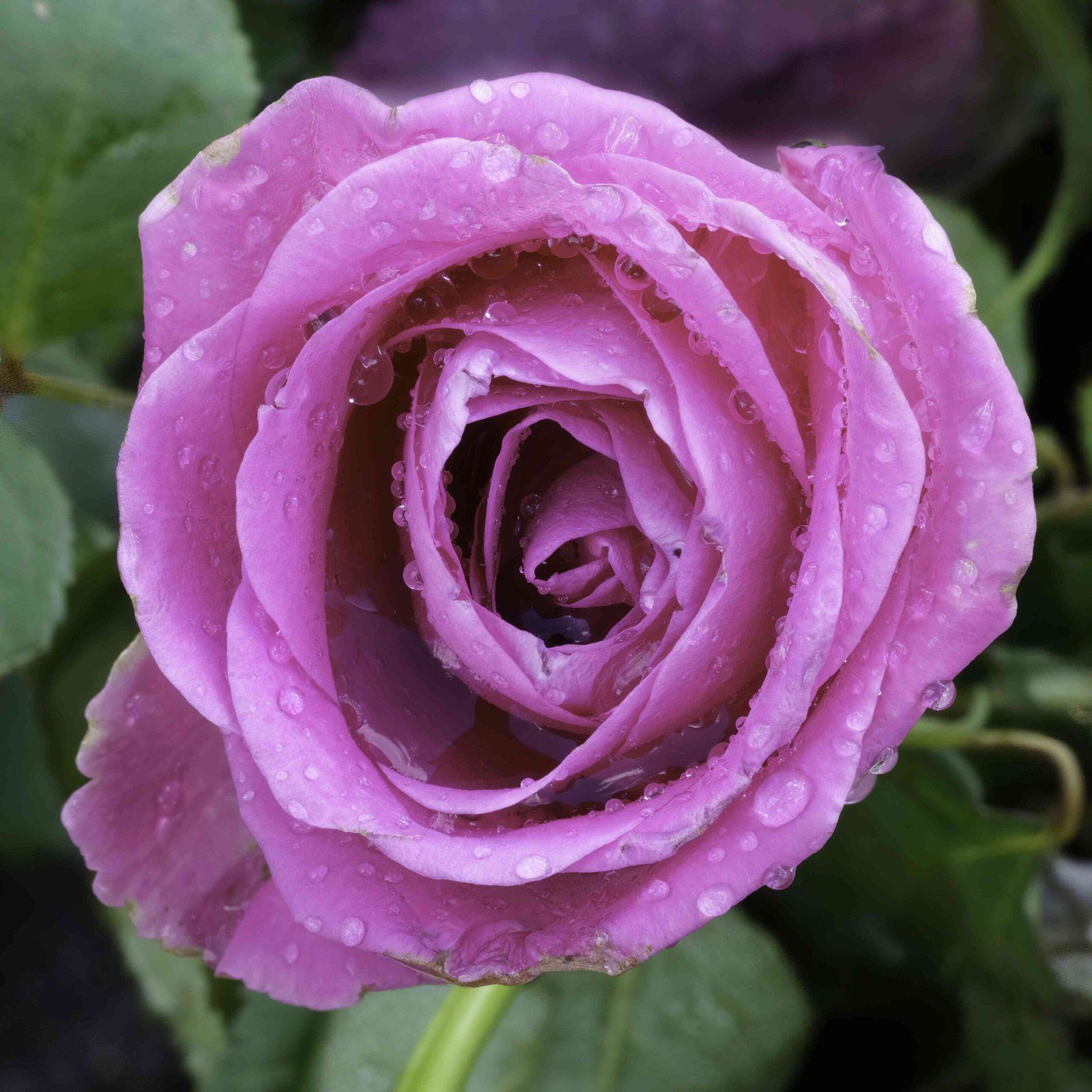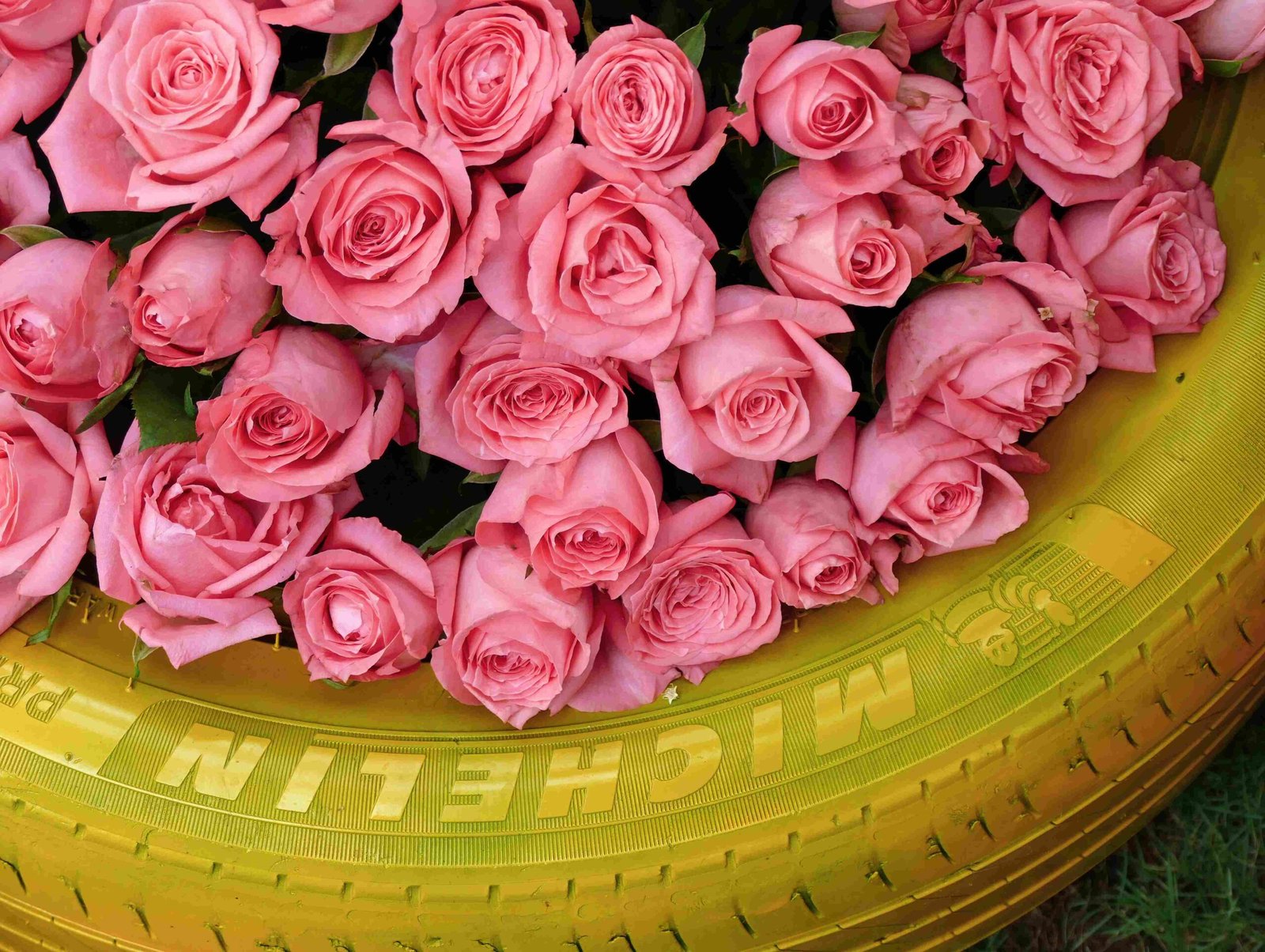Can Roses Climb Brick Walls on Their Own?

Climbing roses do not have the ability to cling to surfaces like ivy or clematis; they require manual support to climb up walls, including brick walls. To train climbing roses up a brick wall, you need to install a support system, such as drilling holes into the mortar joints and using lead anchors and screw hooks to secure wires, installing horizontal wires at intervals, or using trellises or structural wires attached to the wall.
What Factors Affect Climbing Roses on Brick Walls?

Growth Habits and Support Structures
- Planting Distance: Plant the rose about 8\” (20cm) away from the wall or fence to allow for proper growth and support.
- Support Structures: To train climbing roses up a brick wall, you need to install a support system. This can include:
- Drilling holes into the mortar joints and using lead anchors and screw hooks to secure wires. Wrap the wires with clear vinyl tubing to protect the canes from damage.
- Installing horizontal wires at intervals of about 2 feet (60cm) apart, using vine eyes every 5ft (1.5m) to prevent sagging.
- Using trellises or structural wires attached to the wall for support.
- Climbing Techniques: Fan the stems out to either side as the rose grows, and tie them in to create even coverage. Encourage side shoots by trimming them to three buds, which will promote blooming along the entire length of the rose.
Preferred Varieties
For optimal growth against brick walls, consider vigorous and robust varieties such as:
– Constance Spry: A climbing rose known for its strong growth habit and fragrant blooms.
– Ghislaine de Féligonde: Another climbing rose with a robust growth habit suitable for covering large areas.
– New Dawn: A vigorous climber that can reach lengths of 20 feet or more, ideal for covering extensive wall areas.
Environmental Conditions
- Sunlight Exposure: Climbing roses generally require full sun to partial shade, with at least 6 hours of direct sunlight per day.
- Soil Type: They prefer well-drained soil enriched with well-rotted compost, which can improve both sandy and clay soils.
- Moisture Levels: Ensure the roses receive about 2 inches of water per week, either from natural rainfall or irrigation.
- Temperature Ranges: Climbing roses are generally hardy in USDA zones 5-9, though specific varieties may have different temperature tolerances. They prefer temperatures between 40°F and 80°F (4°C and 27°C) for optimal growth.
How to Maintain Climbing Roses on Brick Walls?
Maintenance Requirements
- Pruning Schedules:
- Prune climbing roses in late winter or early spring to maintain shape and promote new growth. Remove dead, diseased, or damaged canes, and trim side shoots to three buds to encourage blooming.
- Regularly tie in new growth to the support structure to maintain even coverage.
- Fertilization Needs:
- Feed climbing roses with a balanced fertilizer in early spring and again after the first flush of blooms. Organic fertilizers like well-rotted compost can also be beneficial.
- Pest Management:
- Keep an eye out for common rose pests like aphids, black spot, and powdery mildew. Use organic or chemical controls as necessary to prevent infestations.
- Potential Challenges:
- Ensure the support structure is sturdy enough to handle the weight of the rose, especially when wet. Horizontal wires can help distribute the weight more evenly.
- Be cautious when drilling into brick walls to avoid damaging the structure. Use appropriate anchors and screws to secure the support system.
Reference:
[1] https://eu.davidaustinroses.com/blogs/inspiration/walls-fences
[2] https://gardenerspath.com/plants/flowers/grow-climbing-roses/
[4] https://pallensmith.com/2014/12/10/how-to-train-a-climbing-rose-to-a-wall/
